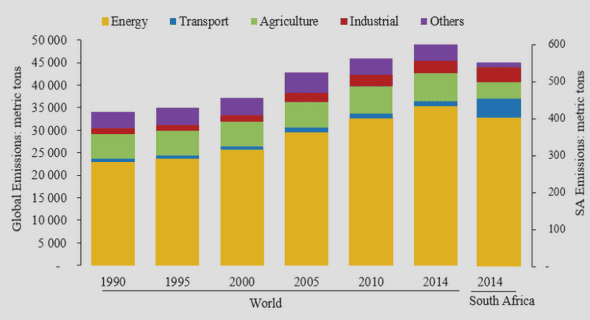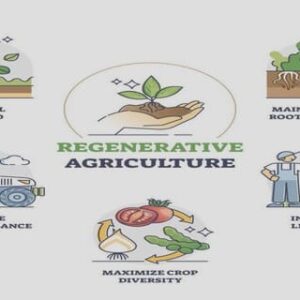(Downloads - 0)
For more info about our services contact : help@bestpfe.com
Table of contents
CHAPTER I: INTRODUCTION
1. Introduction
2. Description of intensive beef production
2.1. Introduction
2.2. Efficiency of intensive beef production
2.3. Strategies to increase the output of intensive beef production
2.3.1. Introduction
2.3.2. Enhancing carcass and meat quality by modifying the animal management practices
2.3.3. Enhancing meat quality by feeding animals from different dietary sources
2.4. Input of intensive beef production
2.5. Strategies to reduce the inputs into intensive beef production system during the finishing phase
2.5.1. Introduction
2.5.2. Increasing intensive beef production efficiency by increasing feed efficiency
2.5.3. Increasing intensive beef production efficiency by using alternative feed ingredients
3. Summary
4. Literature cited
CHAPTER II: OBJECTIVES
CHAPTER III: ASSOCIATION BETWEEN ANIMAL, TRANSPORTATION, SLAUGHTERHOUSE PRACTICES AND BEEF EXTREME CARCASS BRUISES AND ULTIMATE MEAT pH
Abstract
1. Introduction
2. Materials and Methods
2.1. Data collection
2.2. Measurements and Sample Collection
2.3. Statistical analyses
3. Results and Discussion
4. Implications
5. Literature cited
CHAPTER IV: BURDIZZO PRE-PUBERTAL CASTRATION EFFECTS ON PERFORMANCE, BEHAVIOUR, CARCASS CHARACTERISITICS AND MEAT QUALITY OF YOUNG HOLSTEIN BULLS FED HIGH-CONCENTRATE DIETS
Abstract
1. Introduction
2. Materials and Methods
2.1. Animal, Housing and Treatments
2.2. Measurements and Sample Collection
2.3. Chemical Analyses
2.4. Statistical analyses
3. Results and Discussion
3.1. Intake, and Animal Performance
3.2. Animal Behaviour
3.3. Testes Characteristics
3.4. Carcass and Meat Quality Characteristics
4. Implications
5. Literature cited
CHAPTER V: INCREASING THE AMOUNT OF OMEGA-3 FATTY ACID OF MEAT FROM INTENSIVELY FED YOUNG HOLSTEIN BULLS THROUGH NUTRITION
Abstract
1. Introduction
2. Materials and Methods
2.1. Animal, Housing and Treatments
2.2. Measurements and Sample Collection
2.3. Chemical Analyses
2.4. Statistical analyses
3. Results and Discussion
3.1. Intake, and Animal Performance
3.2. Ruminal Fermentation
3.3. Carcass and Meat Quality Characteristics
3.4. Fatty Acid Composition of the LM
4. Implications
5. Literature cited
CHAPTER VI: EFFECTS OF GLYCERIN SUPPLEMENTATION ON PERFORMANCE AND MEAT QUALITY OF YOUNG HOLSTEIN BULLS FED HIGH-CONCENTRATE DIET
Abstract
1. Introduction
2. Materials and Methods
2.1. Animal, Housing and Treatments
2.2. Measurements and Sample Collection
2.3. Chemical Analyses
2.4. Statistical analyses
3. Results and Discussion
3.1. Intake, and Animal Performance
3.2. Ruminal Fermentation
3.3. Animal Metabolism
3.4. Carcass and Meat Quality Characteristics
4. Implications
5. Literature cited
CHAPTER VII: GENERAL DISCUSSION OF RESULTS
1. Enhancing carcass and meat quality by modifying the animal feeding or management practices
1.1. Enhancing carcass and meat quality by modifying the management practices
1.1.1. Enhancing the carcass and meat quality by reducing the incidence of meat with high ultimate pH and extreme carcass bruising
1.1.2. Enhancing carcass and meat quality by castration
1.2. Enhancing meat quality by feeding animals a concentrate rich whole linseed
2. Reducing the cost of beef production system throughout feeding strategies
3. Literature cited
CHAPTER VIII: FINAL CONCLUSIONS




